Here is our guide to patron saint of England, St George, including facts about the legends and ideas to celebrate St George's Day.
When is St George's Day?
St George's Day usually takes place on the 23rd April each year – but this year, the Church of England has announced that it will take place on Monday 28 April. This is because no saint's day can take place in the week before or after Easter. St George's Day marks the death of the Patron Saint of England, who is thought to have died in around AD 303 when he was tortured and executed in Palestine, becoming an early Christian martyr.
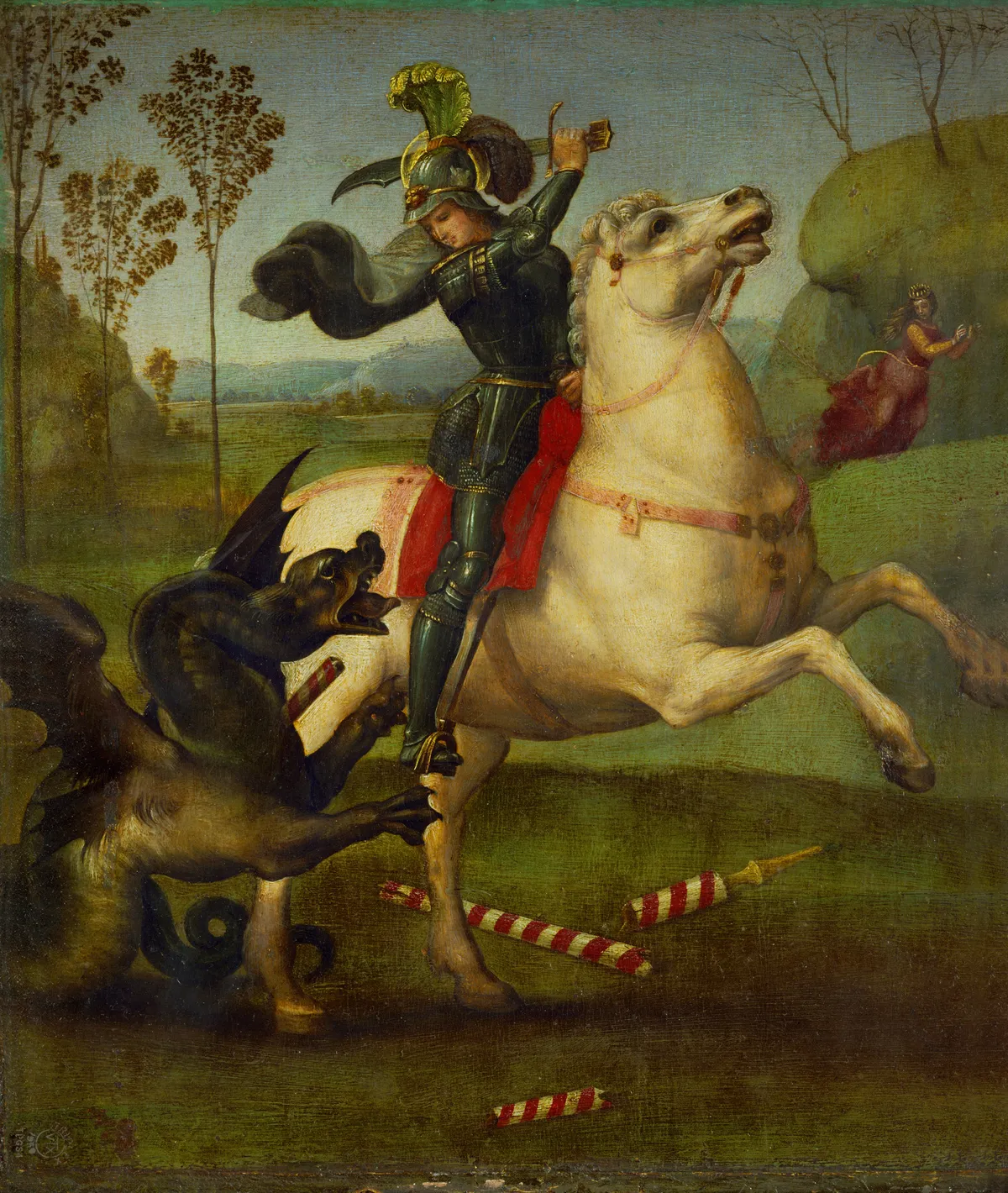
The history of Saint George
Legend has it that St George slew an evil dragon that was plaguing a local town and saved a princess. It is traditionally a Christian celebration as the story goes that St George offered to kill the dragon only if the town converted to Christianity.
Was St George a real person?
Historical evidence however points to the 'real' St George, living in Palestine in the third century who followed in his father's footsteps to became a soldier in the Roman army, and was executed for his Christian beliefs. St George is also patron saint of Georgia and the Russian city of Moscow.

St George’s Day became a national holiday in England in the early 15th century, remaining until the tradition dwindled after the union with Scotland in the late 18th century.
Days out to celebrate St George's Day
Since then, the day has become a rather low-key affair, unlike the Irish celebration of St Patrick’s Day or Scottish observance of St Andrew’s Day. However, here are five quirky ideas to help you celebrate, courtesy of Visit England.
1
Watch an open-air play, Cornwall

Carved into a granite cliff face on the southern tip of Cornwall, the Minack Theatre is a wonderfully unique theatrical experience, where audiences soak up opera, classic dramas and musicals in the sunshine or under the stars with the sparking Atlantic Ocean as an aptly dramatic backdrop.
The theatre was the brainchild of local woman Rowena Cade, who conceived, helped build and even financed the theatre from 1931 up until her death in 1983. Opening with Shakespeare’s The Tempest back in 1932, the theatre today draws audiences from far and wide with a packed programme filling spring and summer months. Being open air, the English weather always plays a big role, but in true English spirit performances are only cancelled in extreme conditions.
Porthcurno, Penzance TR19 6JU
2
Have a pint in England’s oldest pub, Nottingham

Backing into the network of caves built beneath Nottingham Castle, Ye Olde Trip to Jerusalem takes the prize for England’s most eccentric pub. ‘The Trip’ (as it is affectionately known) is regarded by many to be England’s oldest watering hole, established in 1189 AD and frequented by Richard the Lionheart’s crusading knights. Weaving further intrigue into The Trip’s past are tales of ghost sightings and poltergeist-driven antics, which the proprietors tell with aplomb.
Once you’ve quaffed a pint of the house dark ale, you might be brave enough to take a tour of the pub’s rear drinking rooms and cellars, which are stuffed with unusual relics. Watch out for the cobweb-ridden ‘Cursed Galleon’, said to bring a gruesome death on all who dare dust it!
Ye Olde Trip to Jerusalem, Nottingham NG1 6AD
3
Take afternoon tea at Bettys, Yorkshire
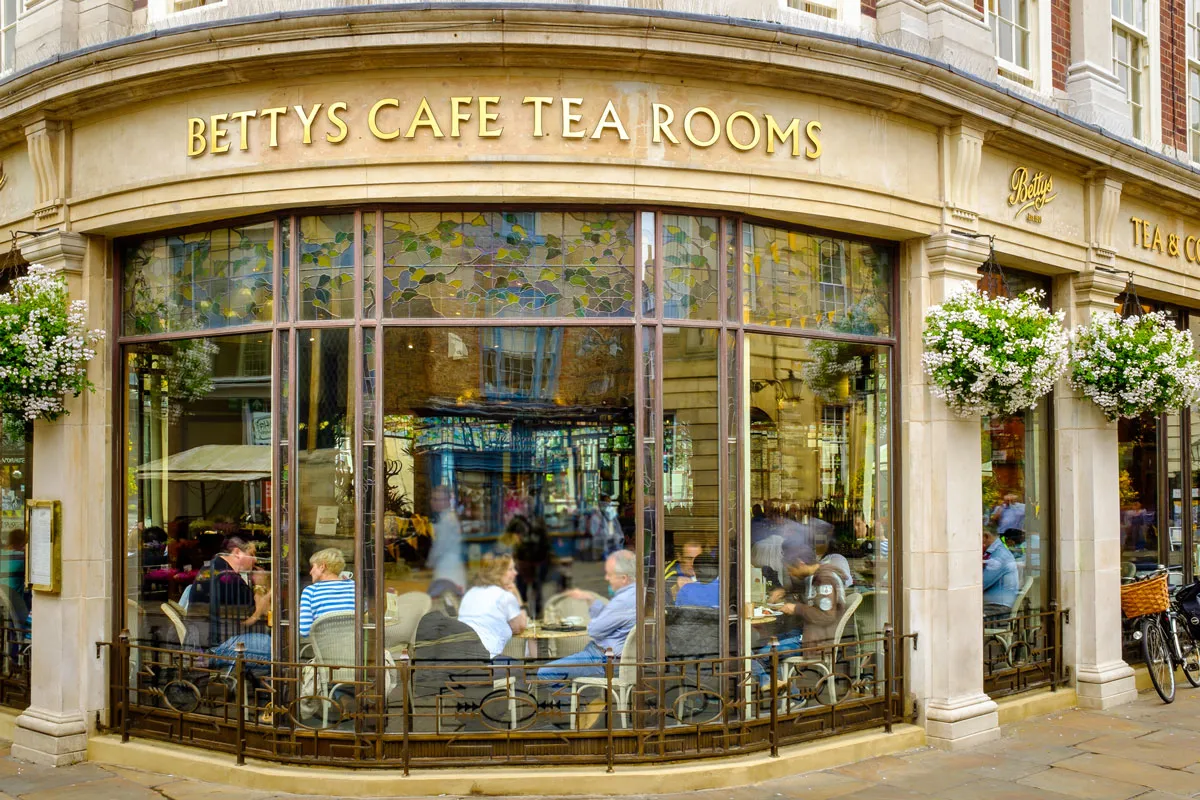
No Yorkshire holiday is complete without an indulgent hour or two at Bettys – a local institution with a tea list as long as your arm and a truly tempting selection of Yorkshire and continental desserts. Swiss confectioner Frederick Belmont created an unlikely but delicious union between Yorkshire and Switzerland over 90 years ago, combining his homeland’s famous chocolate roll with a good old Yorkshire brew. Yorkshire now has six Bettys. To see where it all began in 1919 stop by the Harrogate branch and treat yourself to cream cakes, fresh scones and raspberry-studded macaroons washed down with a steaming brew.The light and airy surrounds still offer plenty of early 20th-century charm, with quaint views of the Montpellier Gardens through gleaming Edwardian windows.
1 Parliament Street, Harrogate HG1 2QU
4
Scale England’s highest peak, Lake District
Scafell Pike is the highest point in England and successfully scaling it guarantees sublime rewards. The fell rises some 978m above sea level and from the peak on a clear day you can see all the way across the sea to the Isle of Man. The Lake District has inspired writers and artists for centuries and when you’re standing at its highest point, towering above a beautiful scene of sparkling waters, twisted crags and pristine highlands, you’ll understand why. It’s enough to turn even the most taciturn hiker into a poet. The feeling will stay with you long after you’ve made the descent, and are kicking-back in a country pub in one of the area’s countless picturesque villages and hamlets.

5
Discover Lincoln Cathedral, Lincoln
Not only is Lincoln Cathedral widely regarded as one of the finest examples of Gothic architecture in Europe, but for nearly 300 years, it was the tallest building in the world, reaching higher than the Great Pyramid of Giza. It’s still as impressive today – the medieval spire is 160 metres tall – but the devil, as they say, is in the detail.
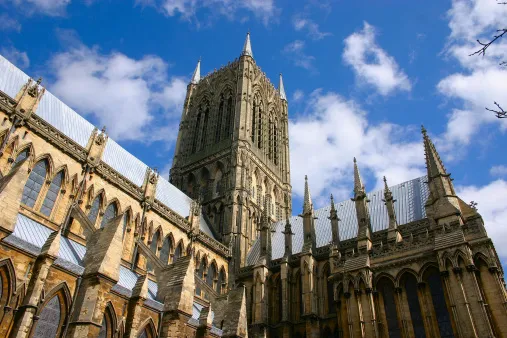
It’s the intricate touches that make this such a remarkable and spellbinding place. Watch out for the Lincoln Imp, a tiny mischievous-looking figure perched atop a pillar, and the tiny cat and mouse carved into the masonry. The Medieval Library, built in 1422 and filled with books even older than the cathedral, is worth making time for too. Minster Yard LN2 1PX
We named Lincoln Cathedral one of the best cathedrals to visit in England
Other legendary stories in British history
Saint George’s story isn’t the only famous legend in British history, in fact there are countless moral tales and fireside stories that continue to get told today.
The Beast of Bodmin Moor
A myth which began in the 1970s, the infamous Beast of Bodmin Moor is said to roam the moors in Cornwall. The Beast is described as a black panther-like big cat and there have been more than 60 sightings over the years. Many suggest that the big cats could have been imported as part of private collections or zoos, who later escaped or were set free into the wild, but scientists at the Ministry of Agriculture, Fisheries and Food declare there is no hard evidence of the Beast’s existence. Either way, the legend of the Beast of Bodmin Moor continues to live on.
King Arthur and the Knights of the Round Table
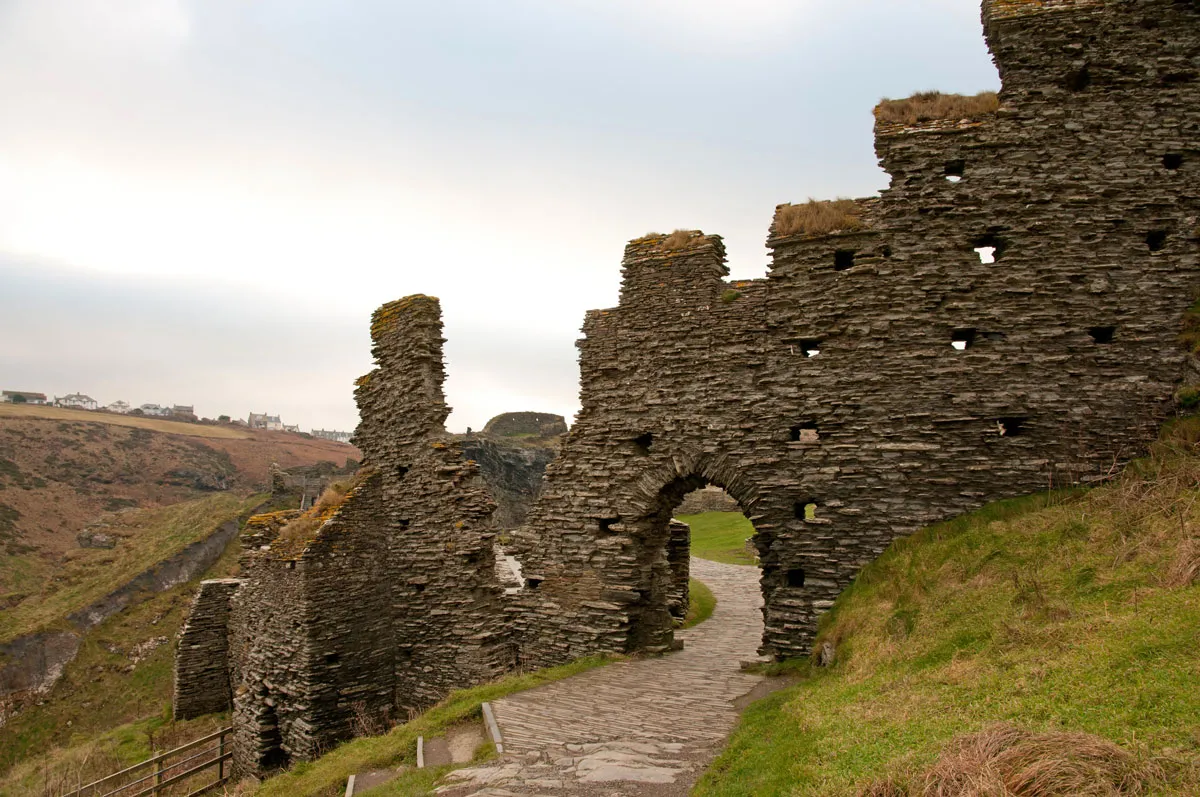
The many tales of King Arthur have captured the imagination of children and adults for centuries and he is arguably the most famous of British kings. Although his existence is debated, the adventures of King Arthur live on in British folklore with tourists continuing to flock to the ruins of Tintagel Castle in Cornwall each year, a place inextricably linked with King Arthur. He has been the subject of several stories, achieving mythical status in Britain, including: the sword in the stone, the round table, his war with Lancelot and his quest for the Holy Grail.
Robin Hood and his Merry Men
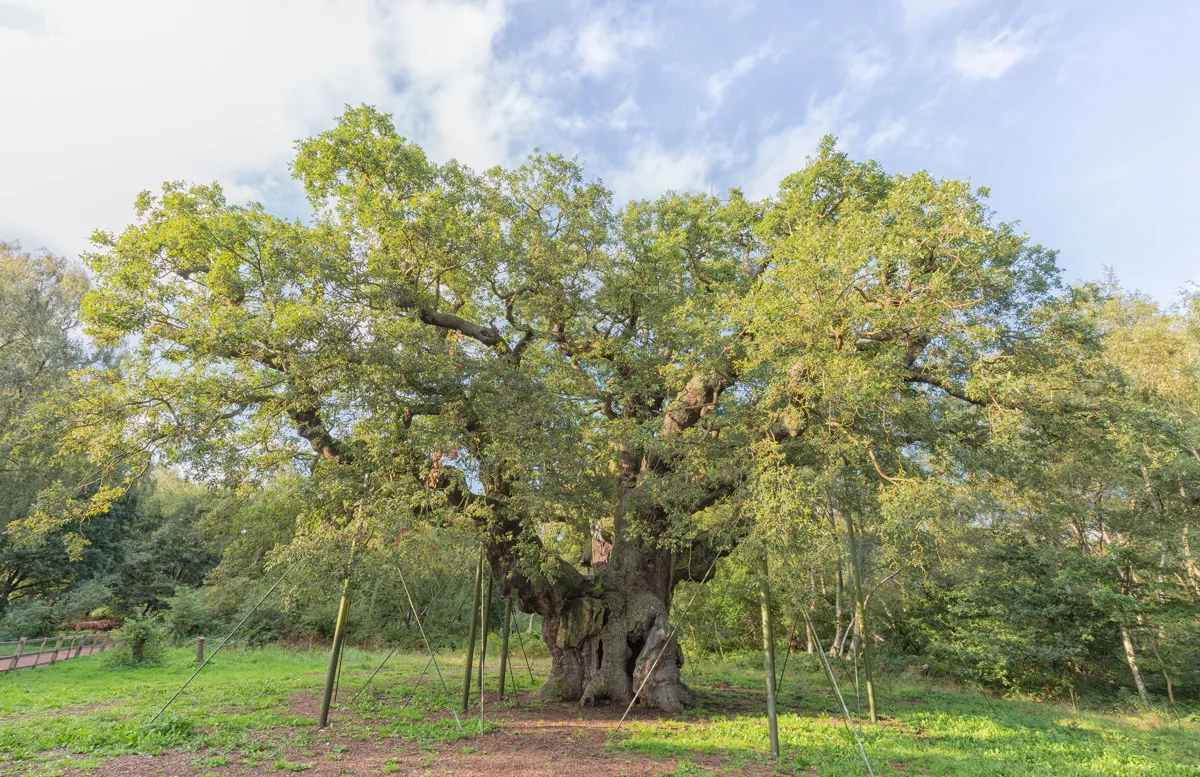
Robin Hood has become the figurehead for the triumph of good over evil – the foundation for many myths and legends. His story has all the ingredients for great legend; his skills in archery and sword-fighting, his love for Maid Marian, his loyalty to King Richard and his bravery for standing up for the poor against the evil Sheriff of Nottingham. The Mighty Oak, which stands tall in Sherwood Forest, is still a popular attraction amongst tourists and residents alike, and is said to be the hideout for this lovable outlaw and his Merry Men.
The Ghost of The Grey Lady and Longleat House
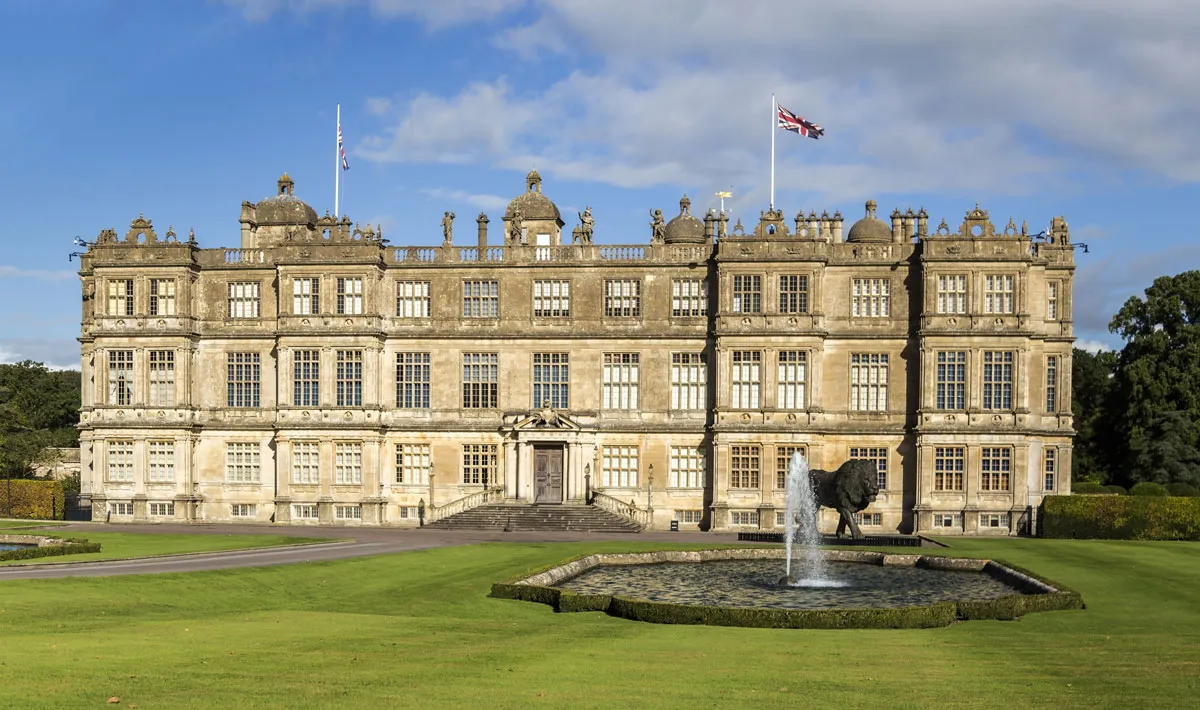
Whilst many myths and legends lend themselves to victory of good over evil, such as the tales of Robin Hood and King Arthur, others focus on our fascination with mystery and romance. The well-known story of The Grey Lady (also referred to as The Green Lady) is one of passion, love and loss.
Shortly after marrying Lady Louisa Carteret, the 2nd Viscount of Weymouth, Thomas Thynne, became suspicious of his new wife’s relationship with a young footman. Over time, rumours spread amongst the staff of Longleat House and Thomas’s temper was getting shorter. One night, Thomas confronted the footman who denied any affair and in a fit of rage, Thomas pushed him down the stairs breaking his neck in the fall. The body was said to have been buried in the cellar and Thomas informed Lady Louisa that the footman had left without a word. Not believing Thomas’s story, Lady Louisa believed the footman had been imprisoned in the house. Each night she searched the rooms, until she died. Legend has it that Lady Louisa still wanders the corridors in search for her true love with reported sightings by staff and visitors.
More legends and folklore
